The Latest Packaging &
Product Design Trends
Welcome to our exclusive Design Trend guide, where we handpick 3 x product & packaging design trends in the market that are shaping the landscape of creativity, invention, and Google searches. In this document, we delve into each of these trends, providing you with insights to keep you one step ahead in this fast-changing world of design and innovation.
Product design trends.
Fragrance Layering Systems Redefine Personal Scent
Fragrance layering systems are transforming how consumers approach personal scent, offering endless possibilities for self-expression. Instead of relying on a single fragrance, people are increasingly combining multiple scents to craft personalised olfactory signatures that reflect their mood, style, and identity. High-profile brands like Jo Malone and Le Labo have popularised this technique, encouraging consumers to mix and match complementary notes for a completely unique experience.
Fragrance layering speaks to a broader desire for individuality and creativity in beauty routines. It also extends the product life cycle, as customers are more likely to purchase multiple scents to experiment with combinations. Beyond luxury brands, mainstream beauty retailers are now adopting this model, offering starter kits and educational content to demystify the layering process. As personalisation becomes a driving force in consumer choices, fragrance layering systems perfectly capture the zeitgeist of creative, customisable beauty experiences.
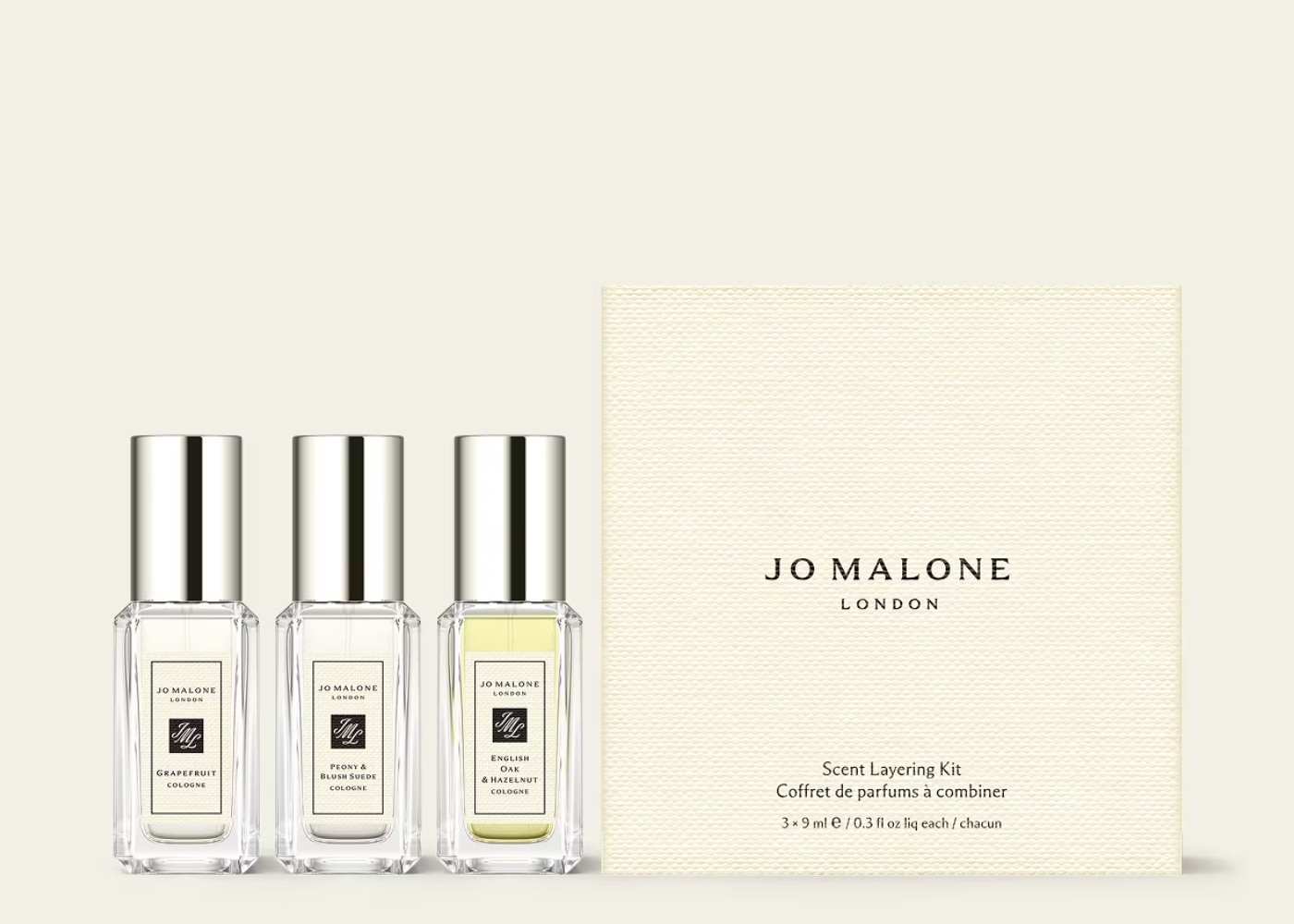

Microbiome-Powered Bathing Enters the Wellness Mainstream
Microbiome-powered bathing is making a big splash as consumers turn toward products that nurture the skin’s natural ecosystem rather than disrupt it. The skin microbiome refers to the community of beneficial bacteria, fungi, and other microorganisms that live on the skin’s surface and play a crucial role in protecting against harmful pathogens, maintaining hydration, and supporting overall skin health. Traditional soaps and cleansers can often strip away these good microbes, leading to issues like dryness, irritation, and even long-term skin barrier damage. Brands like Biomilk Skincare and Gallinée have pioneered products such as probiotic body washes, biome-friendly lotions, and prebiotic cleansers designed to support and rebalance the microbiome, leaving skin healthier and more resilient.
This shift reflects a deeper cultural move towards holistic wellness, where internal and external health are viewed as interconnected. Scientific research into the human microbiome has added credibility to this trend, while consumer demand for “skinimalism” and non-toxic beauty continues to rise. Microbiome-powered products cater not just to skin health but to broader wellbeing, offering consumers a natural, evidence-based alternative to harsh, chemical-laden skincare solutions.
Circadian Support Kits Address the 24-Hour Wellness Cycle
Circadian support kits are emerging as a new essential for wellness-conscious consumers who want to optimise their daily rhythms. These curated kits often include light therapy lamps, melatonin supplements, magnesium chocolates, and energising morning sprays, all designed to align with the body’s natural circadian cycle. With more awareness around the impact of light exposure, screen time, and travel on sleep quality and mood, consumers are seeking practical solutions that integrate seamlessly into their routines.
The popularity of circadian products is boosted by the rise of biohacking culture, sleep tech innovations, and mental health awareness movements. Apps like TimeShifter and devices like wearable sleep trackers have paved the way for products that help people adapt to jet lag, shift work, and the demands of modern life. Circadian support kits like this one pictured by Subtle Energies symbolise a growing interest in proactive, preventative health strategies that work with, not against, our biological systems.
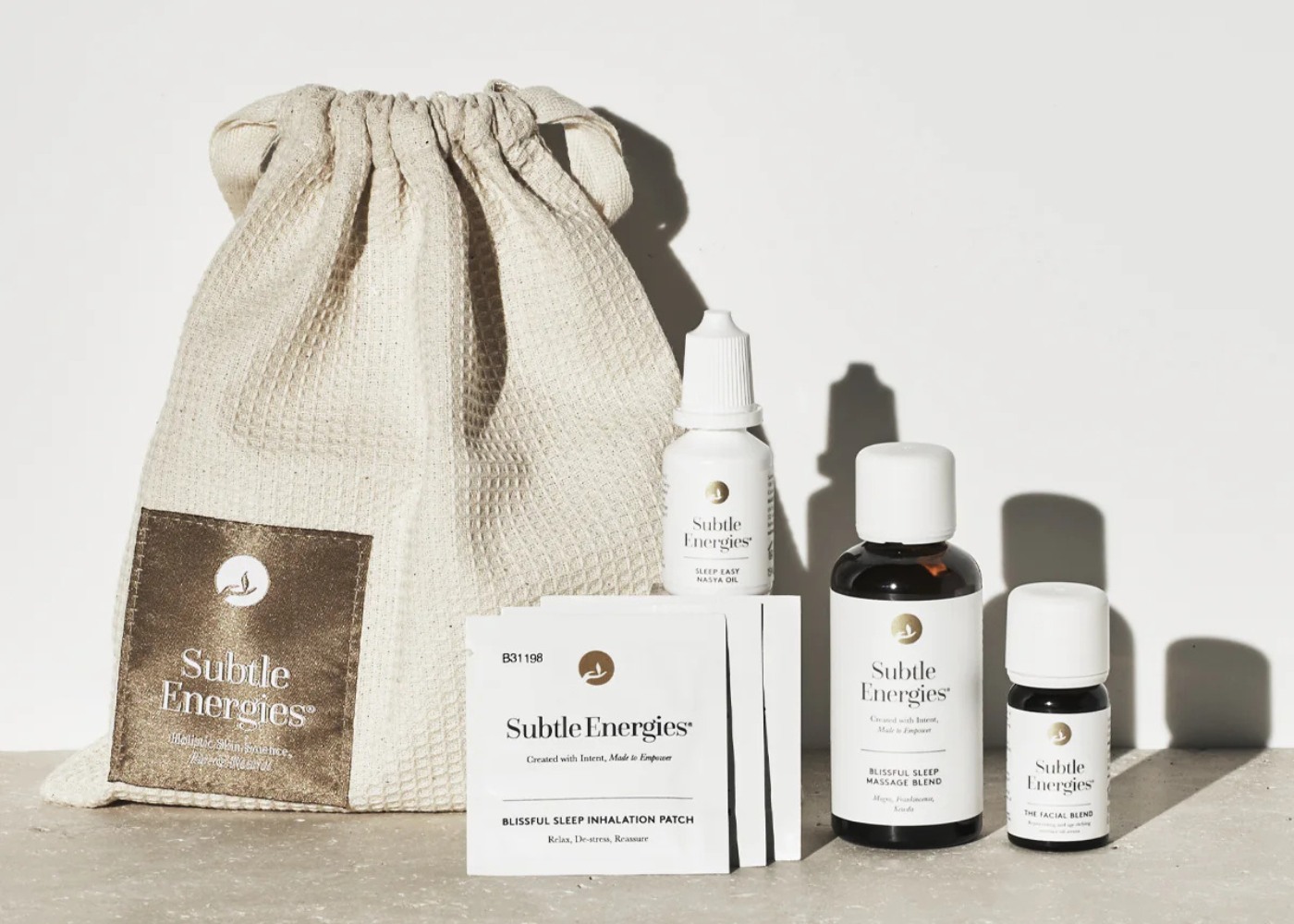
Packaging design trends.
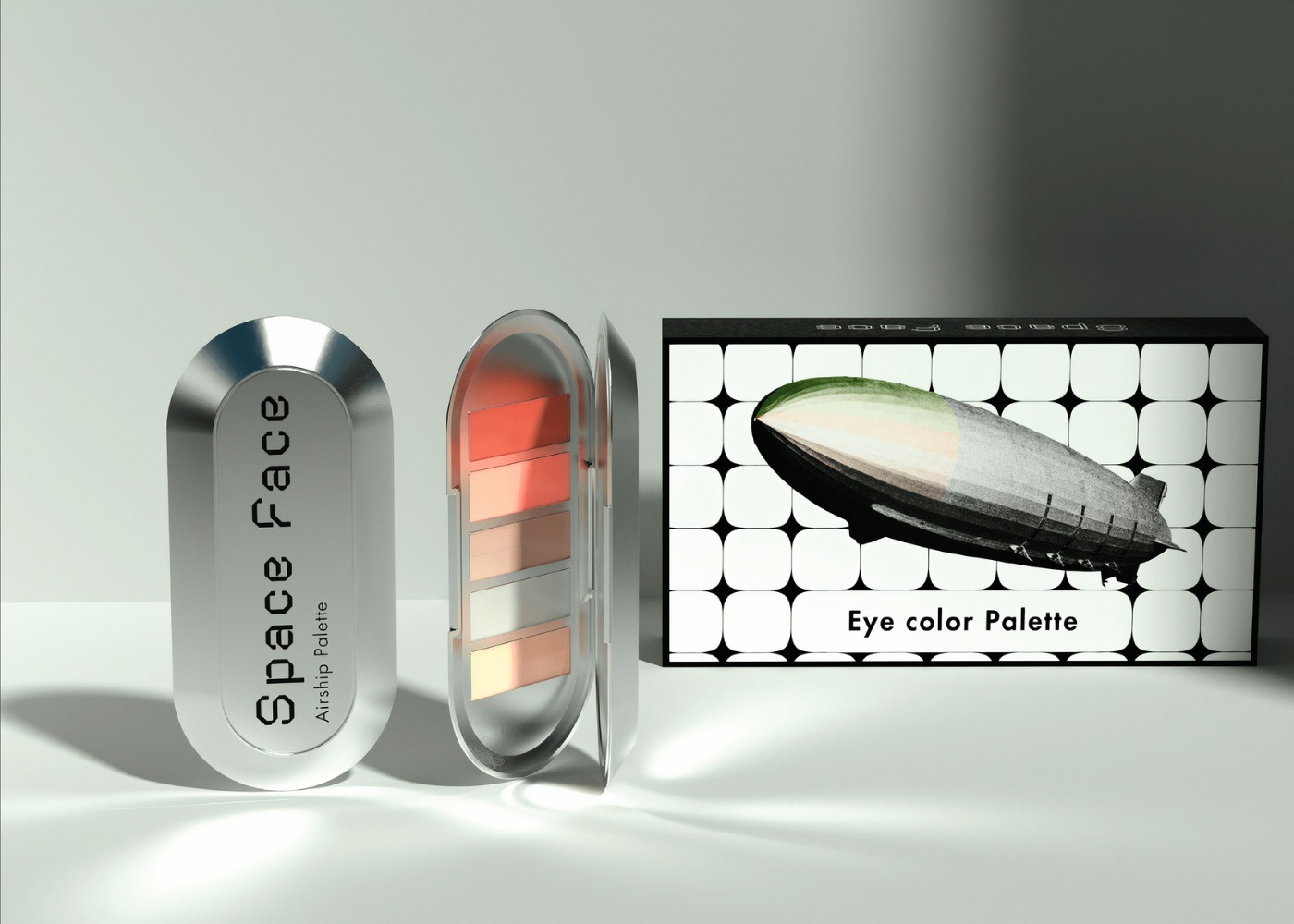
Retro-Futurism Blends Nostalgia with Next-Gen Appeal
Retro-Futurism is a bold packaging design trend that combines nostalgic visuals with futuristic elements to engage modern consumers—especially Gen Z. It merges retro typography, pixel art, and psychedelic patterns with high-tech details to create packaging that’s visually rich and emotionally resonant.
This design style speaks to Gen Z’s unique mix of digital nativity and love for retro culture. Think holographic finishes, neon gradients, and sci-fi-inspired colour palettes—all layered over vintage-style graphics that feel both familiar and exciting.
Retro-Futurism packaging also enhances the user experience through digital innovation. Brands are integrating:
- QR codes that unlock exclusive content;
- Augmented reality (AR) for interactive unboxing;
- Gamified elements that boost social sharing.
As brands compete for attention on shelves and screens, Retro-Futurism delivers a memorable, tech-enhanced experience that blends nostalgia with innovation. It’s more than just eye-catching—it’s shareable, collectible, and designed for the digital age.
Emotional Colour Morphing Creates Interactive Experiences
Emotional colour morphing is breathing new life into product packaging by adding an element of real-time responsiveness. Using thermochromatic or pH-reactive inks, packages can change colour based on temperature, time, handling, or even the freshness of the contents. Whether signalling a drink’s ideal temperature or revealing a hidden design when touched, these visual changes spark curiosity and engagement.
Beyond pure novelty, emotional colour morphing strengthens the emotional connection between product and user. It aligns with the broader trend of experience-driven branding, where packaging doesn’t just protect the product but enhances the overall consumer journey. Especially popular in food, beverage, and beauty industries, this technology allows brands to build trust (through freshness indicators) while creating shareable, visually striking moments that resonate both online and offline. Take the example of the Coors Light beer cans pictured here where the mountain graphic changes colour based on the can’s temperature; when the beer reaches the optimal coldness, the mountain turns blue, signalling to consumers that it’s ready to drink.
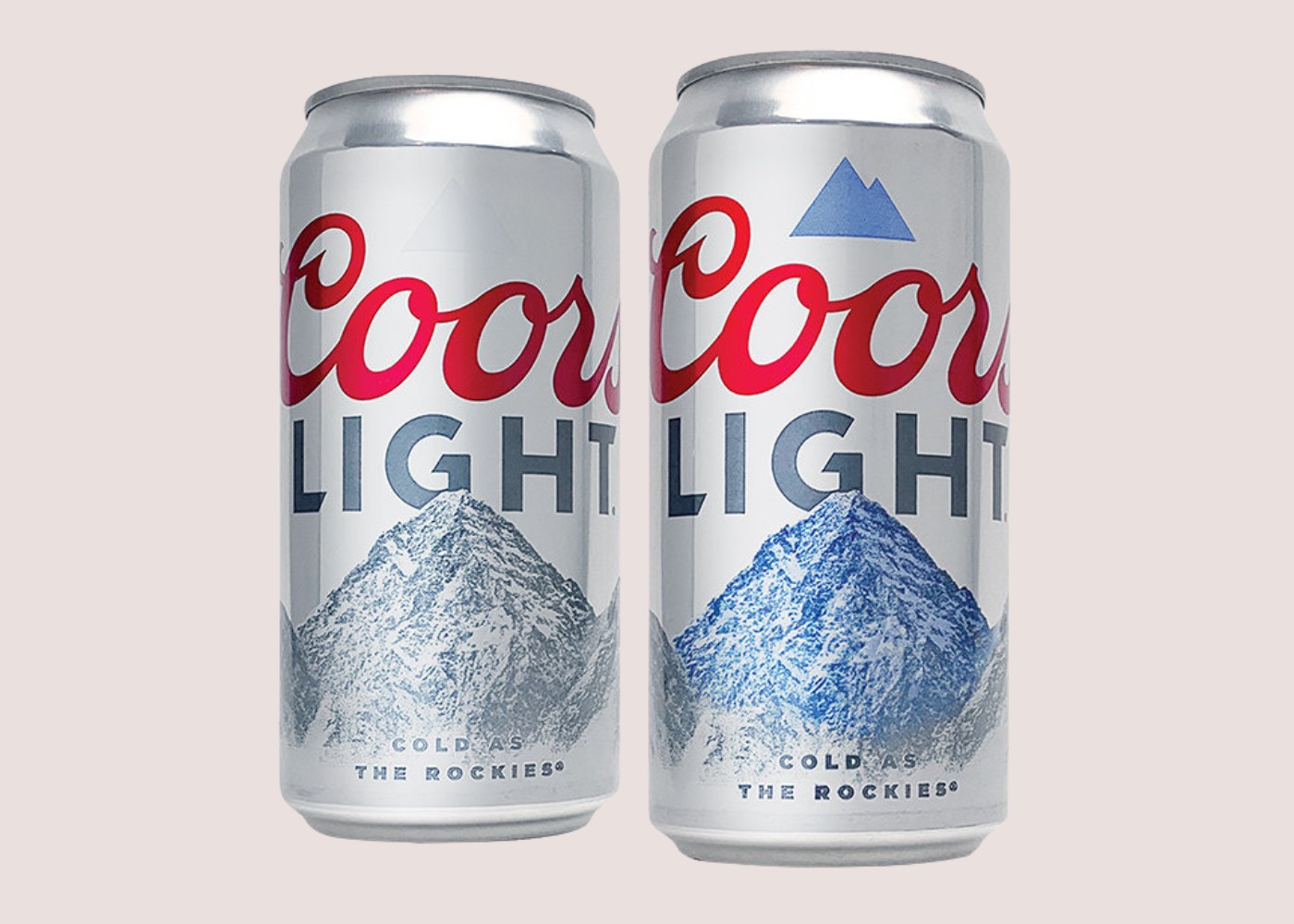
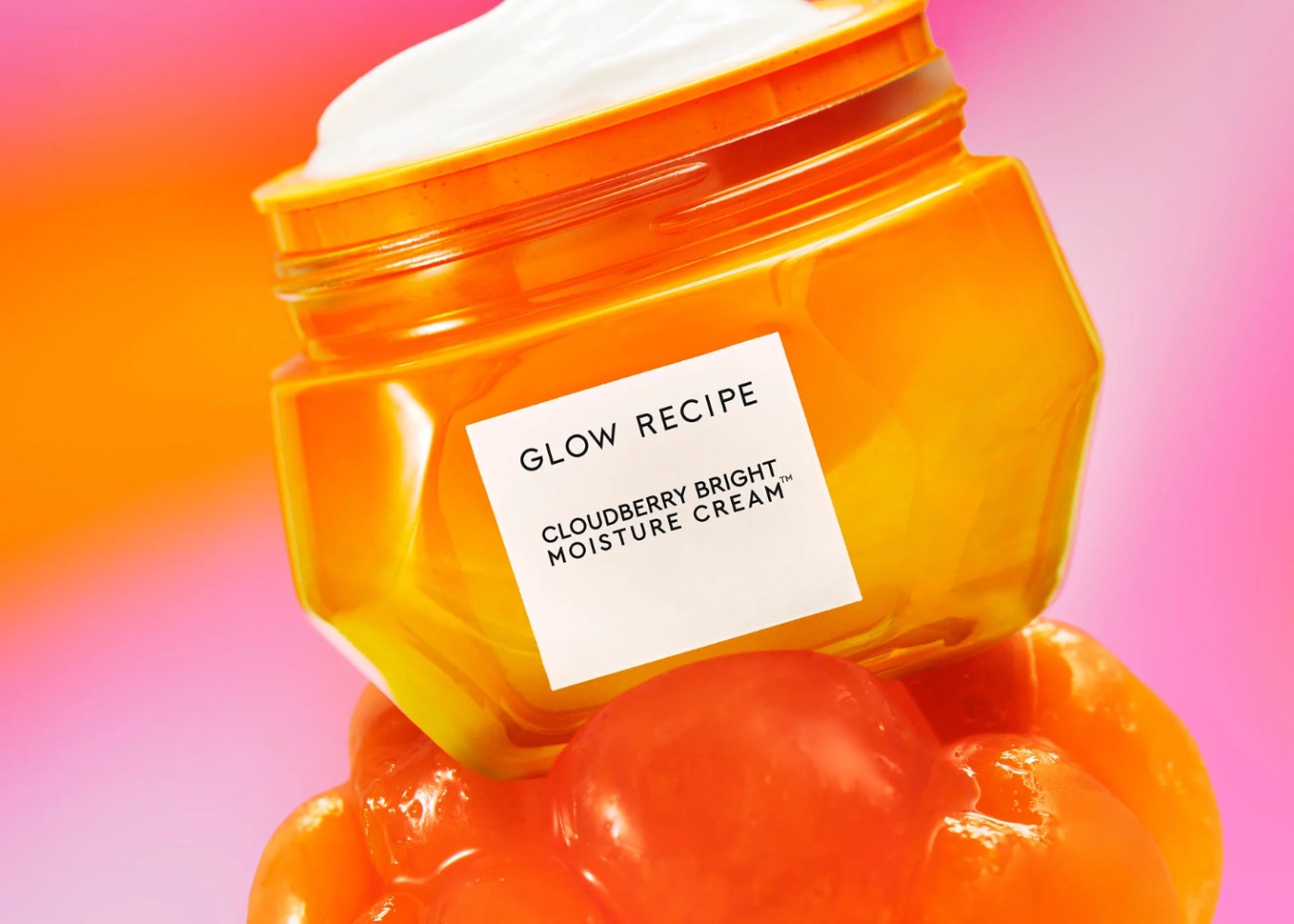
Hyper-Surreal Aesthetics Capture Imaginations
Hyper-surreal aesthetics are captivating consumers by creating packaging that looks more like a dreamscape than a traditional product container. Blending AI-generated art, fantastical landscapes, exaggerated proportions, and unexpected textures, brands are embracing the weird and wonderful to stand out on crowded shelves and in digital feeds. This trend turns packaging into an experience itself, offering a sense of escape, wonder, and emotional resonance.
As consumers crave novelty and emotional storytelling, hyper-surreal packaging offers a striking way to disrupt visual norms and spark curiosity. It plays especially well on social media platforms where imaginative visuals outperform traditional product shots. By leveraging hyper-surrealism, brands can tap into the cultural hunger for the fantastical, positioning themselves as creative pioneers in a world that increasingly values aesthetic boldness and emotional connection. Take the example of Glow Recipe’s Cloudberry Moisture Cream pictured here where the hyper-surreal aesthetics lean into ultra-glossy, fruit-inspired designs that blur the line between edible treats and skincare — playful, hyper-real textures and colours that feel dreamlike and juicy.
The world of packaging & product design is evolving at an unprecedented pace, and these trends are your compass to navigate the future.